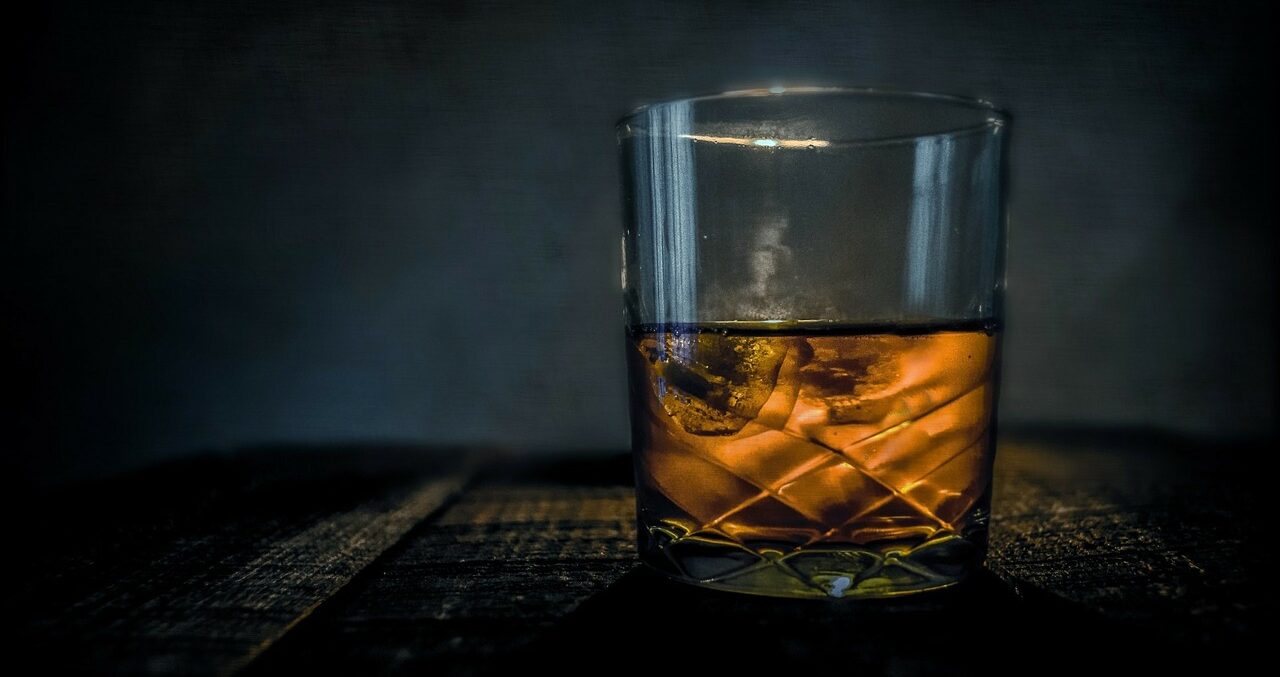
For a potential entrepreneur, just how much time it will take to compete, and the barrier to entry that time represents, will vary greatly depending on the market he or she wishes to enter. A would-be competitor to the likes of Subway, for example, might not find the time needed to open a sandwich shop to be a substantial hurdle. Even where it does take a long time to bring a product to market, it may be possible to accelerate the timeline if the potential profits are sufficiently high.
As Steven Salop notes in a recent paper, however, there may be cases where long periods of production time are intrinsic to a product:
If entry takes a long time, then the fear of entry may not provide a substantial constraint on conduct. The firm can enjoy higher prices and profits until the entry occurs. Even if a strong entrant into the 12-year-old scotch market begins the entry process immediately upon announcement of the merger of its rivals, it will not be able to constrain prices for a long time. [emphasis added]
Salop’s point relates to the supply-side substitutability of Scotch whisky (sic — Scotch whisky is spelt without an “e”). That is, to borrow from the European Commission’s definition, whether “suppliers are able to switch production to the relevant products and market them in the short term.” Scotch is aged in wooden barrels for a number of years (at least three, but often longer) before being bottled and sold, and the value of Scotch usually increases with age.
Due to this protracted manufacturing process, Salop argues, an entrant cannot compete with an incumbent dominant firm for however many years it would take to age the Scotch; they cannot produce the relevant product in the short term, no matter how high the profits collected by a monopolist are, and hence no matter how strong the incentive to enter the market. If I wanted to sell 12-year-old Scotch, to use Salop’s example, it would take me 12 years to enter the market. In the meantime, a dominant firm could extract monopoly rents, leading to higher prices for consumers.
But can a whisky producer “enjoy higher prices and profits until … entry occurs”? A dominant firm in the 12-year-old Scotch market will not necessarily be immune to competition for the entire 12-year period it would take to produce a Scotch of the same vintage. There are various ways, both on the demand and supply side, that pressure could be brought to bear on a monopolist in the Scotch market.
One way could be to bring whiskies that are being matured for longer-maturity bottles (like 16- or 18-year-old Scotches) into service at the 12-year maturity point, shifting this supply to a market in which profits are now relatively higher.
Alternatively, distilleries may try to produce whiskies that resemble 12-year old whiskies in flavor with younger batches. A 2013 article from The Scotsman discusses this possibility in relation to major Scottish whisky brand Macallan’s decision to switch to selling exclusively No-Age Statement (NAS — they do not bear an age on the bottle) whiskies:
Experts explained that, for example, nine and 11-year-old whiskies—not yet ready for release under the ten and 12-year brands—could now be blended together to produce the “entry-level” Gold whisky immediately.
An aged Scotch cannot contain any whisky younger than the age stated on the bottle, but an NAS alternative can contain anything over three years (though older whiskies are often used to capture a flavor more akin to a 12-year dram). For many drinkers, NAS whiskies are a close substitute for 12-year-old whiskies. They often compete with aged equivalents on quality and flavor and can command similar prices to aged bottles in the 12-year category. More than 80% of bottles sold bear no age statement. While this figure includes non-premium bottles, the share of NAS whiskies traded at auction on the secondary market, presumably more likely to be premium, increased from 20% to 30% in the years between 2013 and 2018.
There are also whiskies matured outside of Scotland, in regions such as Taiwan and India, that can achieve flavor profiles akin to older whiskies more quickly, thanks to warmer climates and the faster chemical reactions inside barrels they cause. Further increases in maturation rate can be brought about by using smaller barrels with a higher surface-area-to-volume ratio. Whiskies matured in hotter climates and smaller barrels can be brought to market even more quickly than NAS Scotch matured in the cooler Scottish climate, and may well represent a more authentic replication of an older barrel.
“Whiskies” that can be manufactured even more quickly may also be on the horizon. Some startups in the United States are experimenting with rapid-aging technology which would allow them to produce a whisky-like spirit in a very short amount of time. As detailed in a recent article in The Economist, Endless West in California is using technology that ages spirits within 24 hours, with the resulting bottles selling for $40 – a bit less than many 12-year-old Scotches. Although attempts to break the conventional maturation process are nothing new, recent attempts have won awards in blind taste-test competitions.
None of this is to dismiss Salop’s underlying point. But it may suggest that, even for a product where time appears to be an insurmountable barrier to entry, there may be more ways to compete than we initially assume.




